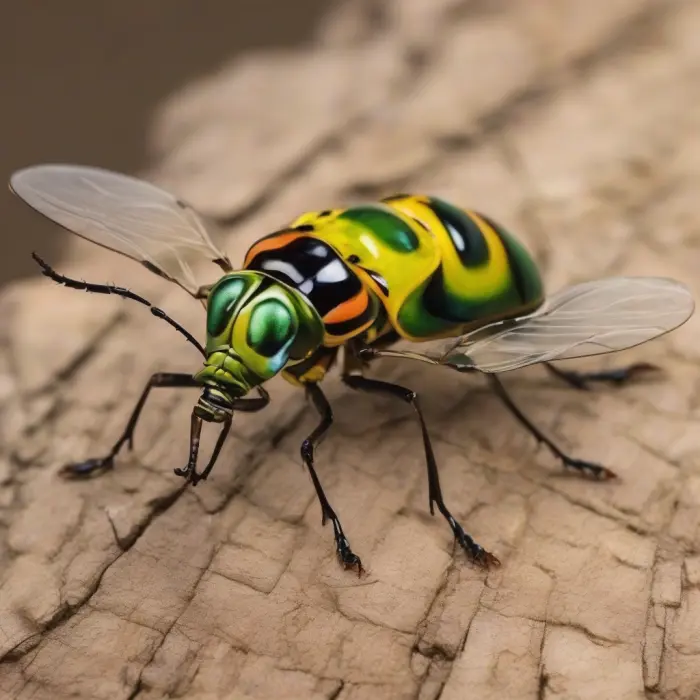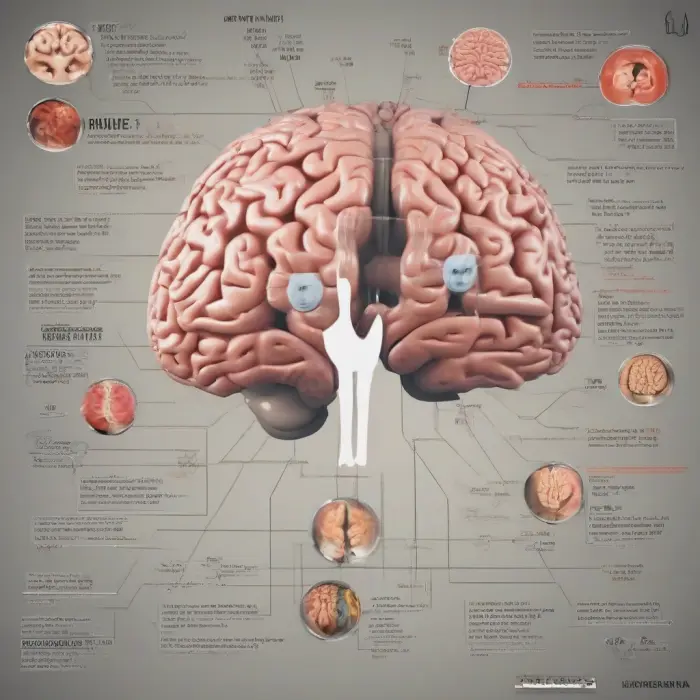Amazing Facts About the Unique Adaptations of Deep-Sea Creatures
The deep sea is a world of darkness, extreme pressure, freezing temperatures and scarce food. Yet, it is home to a variety of exceptional creatures that have evolved remarkable adaptations to survive these extreme conditions. Let's dive into the world of these extraordinary sea creatures and the amazing adaptations they have developed over centuries.
Bioluminescence: Creating Their Own Light
With the absence of sunlight, deep-sea creatures like Anglerfish and Viperfish use bioluminescence to produce light. This light is produced by chemical reactions within their bodies, usually involving a molecule called luciferin and an enzyme called luciferase. Bioluminescence serves a variety of purposes such as attracting mates, luring prey, and warding off predators. For example, the Anglerfish uses its light to lure in unsuspecting fish that it can consume.
Extreme Pressure Adaptations
Mainstream sea creatures cannot survive the extreme pressure of the deep sea, which can be up to 1,000 times greater than at sea level. But deep-sea creatures like the Giant Squid and the Fangtooth Fish have adapted to these conditions. Their bodies are built in a way to withstand the immense pressure; for instance, they have compressible bodies, minimal gas-filled spaces, and reinforced structures to ensure survival under the pressurized depths of the sea.
Thermoregulation: Surviving the Cold
Deep-sea creatures also have to deal with near-freezing temperatures. Creatures like the Sperm Whale have developed a thick layer of blubber (fat) to help maintain their body temperature despite the cold conditions. They also tend to be slow-moving to reduce energy expenditure.
Adaptation for Scarce Food
Food is scarce in the deep sea. To survive, many species like the Vampire Squid have evolved to eat less, digest food slowly, and store energy for longer periods. Others, like the Deep-sea Anglerfish, can considerably expand their stomachs to consume large quantities of food when it's available. In essence, deep-sea creatures have mastered the art of survival in an environment that offers intermittent meals.
Transparent Bodies: Camouflage in the Deep Sea
Many deep-sea organisms such as the Jellyfish, Glass Squid, and Transparent Sea Cucumber have evolved transparent bodies as a means of camouflage. It helps them hide from predators and sneak up on their prey.
In conclusion, deep-sea creatures are an excellent demonstration of how species adapt to the most extreme environments. Despite the harsh conditions they face, these creatures have evolved to not just survive – but thrive in the deep blue sea.










